With Pokémon Brilliant Diamond and Shining Pearl on the horizon for late 2021, fans have been speculating and hoping for the beloved Sinnoh region to get proper modernized treatment on the Nintendo Switch. Game Freak surprisingly outsourced the Diamond and Pearl remakes to new studio ILCA as they work on the ambitious Pokémon Legends: Arceus. It's a sign that they're indeed open to change that'll hopefully see these games be all the better for it.
The video announcement of these games made note that Brilliant Diamond and Shining Pearl would focus on being faithful remakes of the originals with modern conveniences, but fans surely would hope to see the return of Mega Evolutions. Though, a similar innovation to it in regional variants (Alolan/Galarian Forms) was introduced in generation seven that proved successful.
10 Mega Evolutions: Longtime Fan Favorites
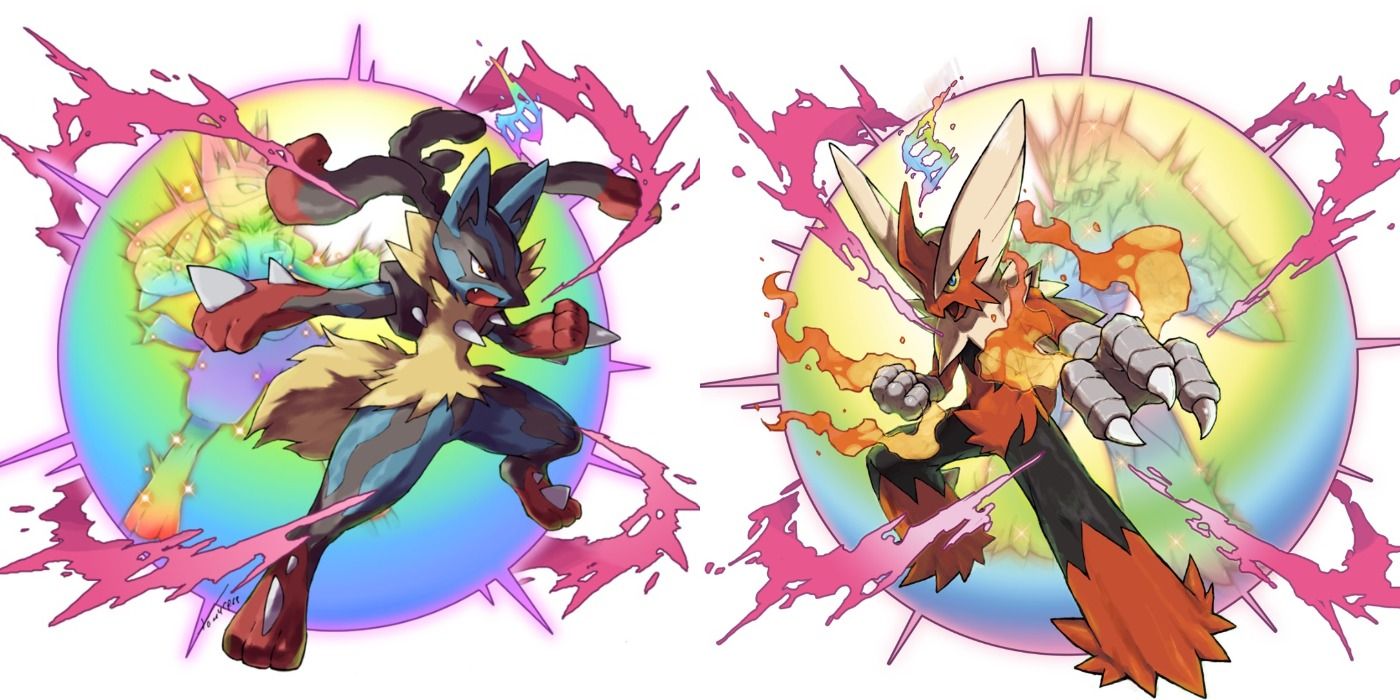
An obvious case in favor of Mega Evolutions making a proper comeback is how beloved a feature it's been since gen six's Pokémon X and Y in 2013 on the 3DS. It was an exciting and innovative new feature that mixed up select Pokémon species from a design and gameplay perspective. Mega Evolutions were fun single-player experiences but also spiced up the competitive scene for those interested.
It was prominent in both the Kalos games and Hoenn remakes, but ultimately had the bulk of its spotlight left in gen six. Seeing them gutted completely in Sword and Shield in favor of the lazier Gigantamaxing/Dynamaxing feature--and likely to be no more than a single-generation gimmick--was a letdown.
9 Regional Variants: More Interesting
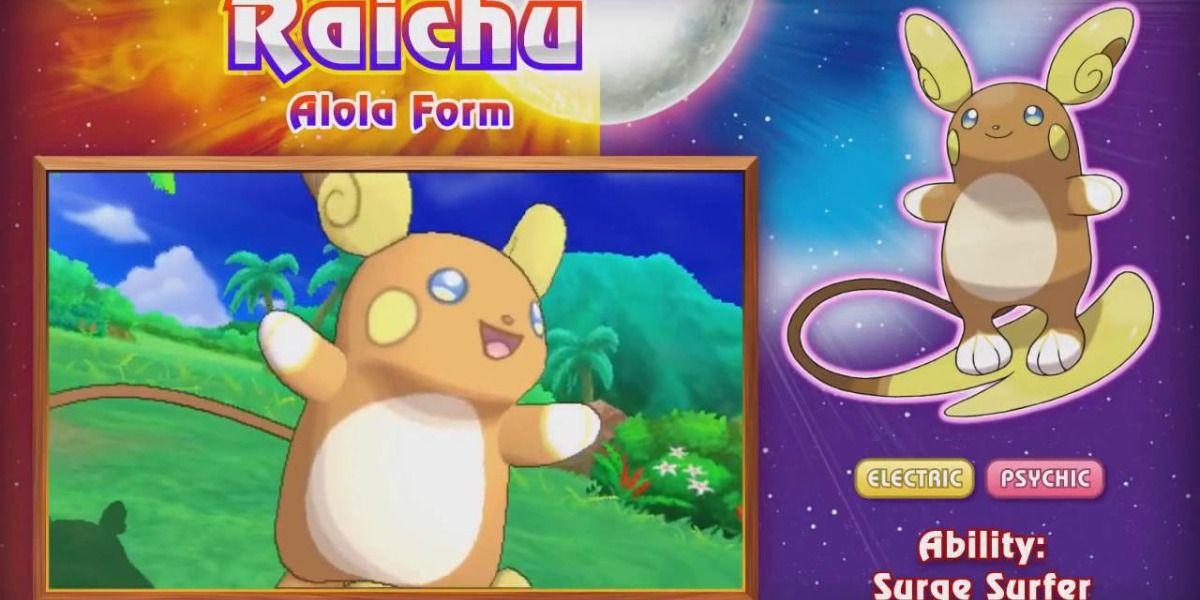
If only one were to be chosen over the other, regional variants/forms should be focused on perhaps due to the more creative influence in the feature. Mega Evolutions are definitely great for how they lean into the mystical, but the exciting aspect of regional variants is how they're influenced by real-world evolution. "Evolution" is a major component in the Pokémon franchise, but its version is more akin to real-world metamorphosis in animals.
Regional variants take the animals in this fictional universe and apply how wildlife on different parts of the Earth in unique climates and environments adapt to said surroundings, affecting their physiology and biology. Having Pokémon's "evolution" and regional variants is a fun and exciting way to have takes on real-life evolution and metamorphosis, making the world feel more vibrant with (even more) unique life.
8 Mega Evolutions: Much Needed Buffs
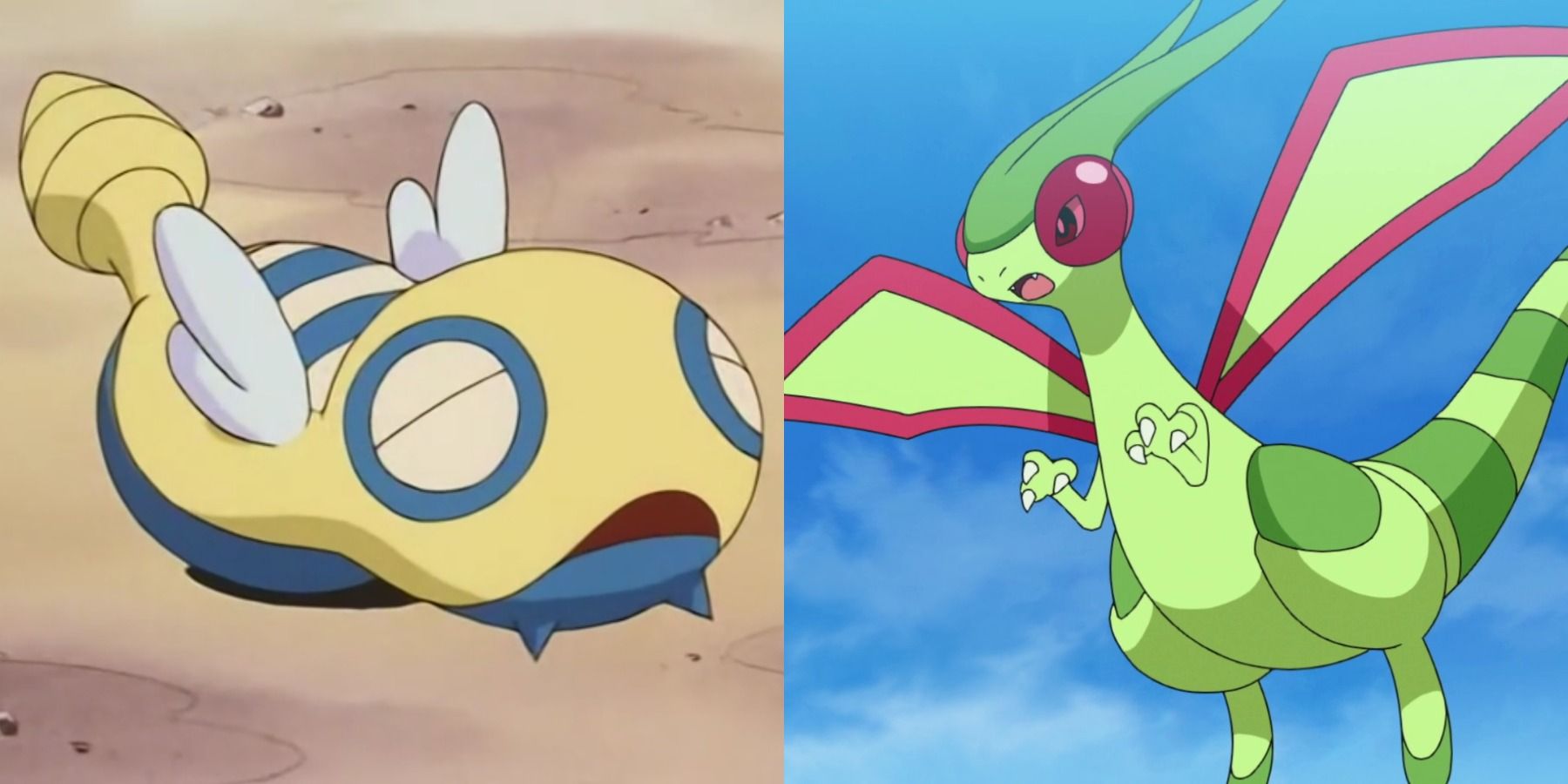
Regional variants offer stat mix-ups as well, but Mega Evolutions generally offered big spikes in power, which benefit certain Pokémon types. How they'd typically super-power species helped make some more competitively viable when they haven't been in a long time, if at all.
It's practically become a meme, but there's at least some truth and merit to them, as there are some Pokémon that got the short end of the stick seemingly in inception, making fans wonder why they were even included. The likes of Dunsparce would benefit from a Mega Evolution providing some kind of stat buff as well as design change, and Flygon is a popular fan request for--if nothing else--being a great design that screams potential if given a Mega.
7 Regional Variants: Permanent Changes
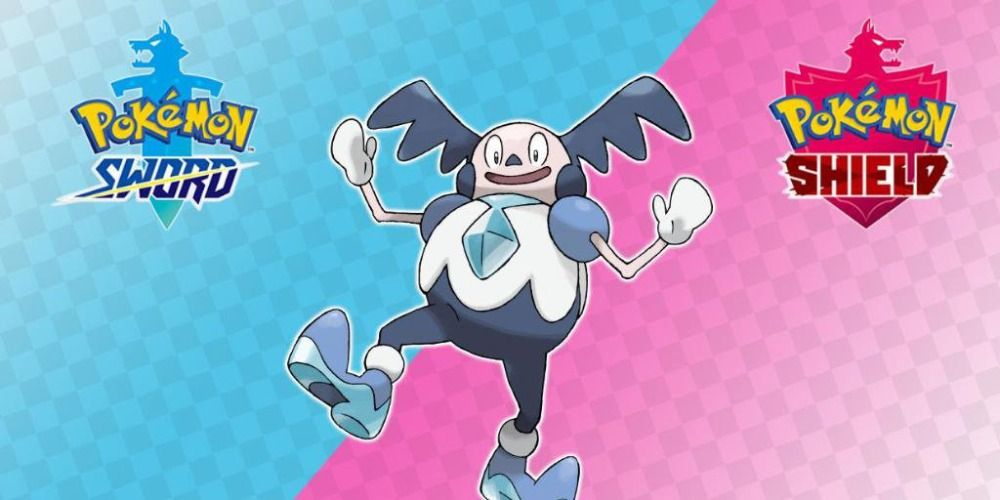
Given the inherent nature of regional forms being inspired by real-life evolution, Alolan and Galarian Forms for the select creatures aren't a temporary buff. These forms of Pokémon are as constant as their originals, along with their different set of stats.
Some Mega Evolutions feature type changes as well, like Mega Gyarados and Mega Charizard X, but regional variants use this as a fundamental change that sticks with the given species. Making design changes, in particular, is more engaging here than in Megas since they're not confined to a hold item for one-time use per battle.
6 Mega Evolutions: Post-Game Purchasable Items
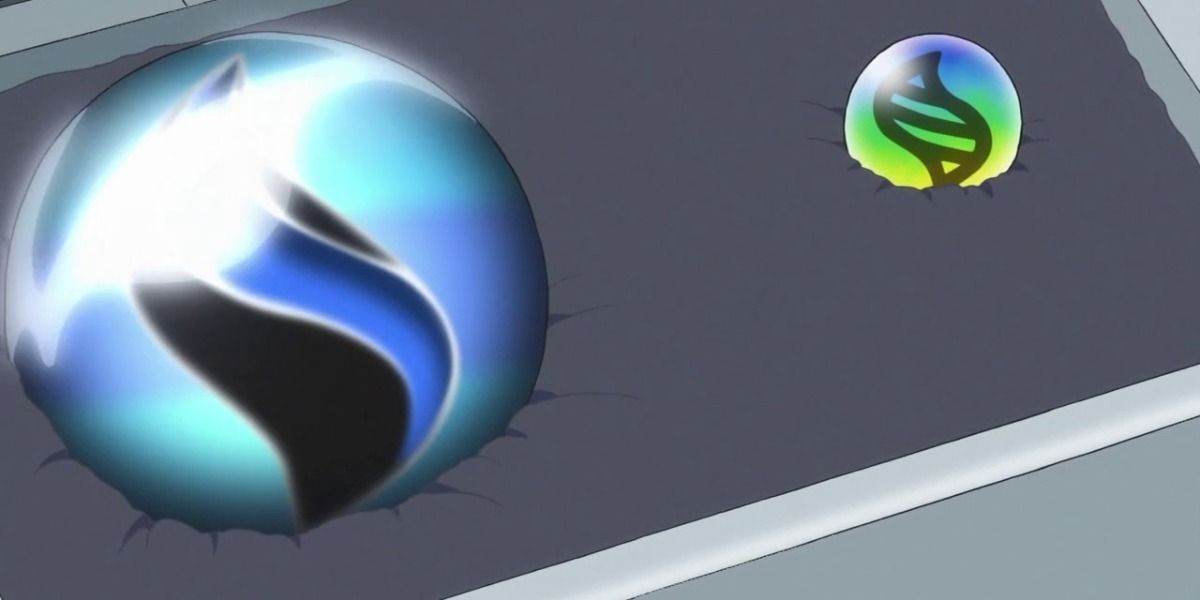
While it's not the ideal way for Megas to make their comeback, they could return in the way they did in gen seven. Sun, Moon, Ultra Sun, and Ultra Moon didn't introduce any new Mega Evolutions, but they did bring them back as post-game purchasable items.
It'd be a last resort, but considering Game Freak axed them for gen eight, having the existing ones back at all would be a start. Similarly, they could be at stores for whatever post-game battle facility Pokémon Brilliant Diamond and Shining Pearl use, given the spikes in strength they provide and--for instance--the Battle Tower is more difficult.
5 Regional Variants: Potential For More Creativity
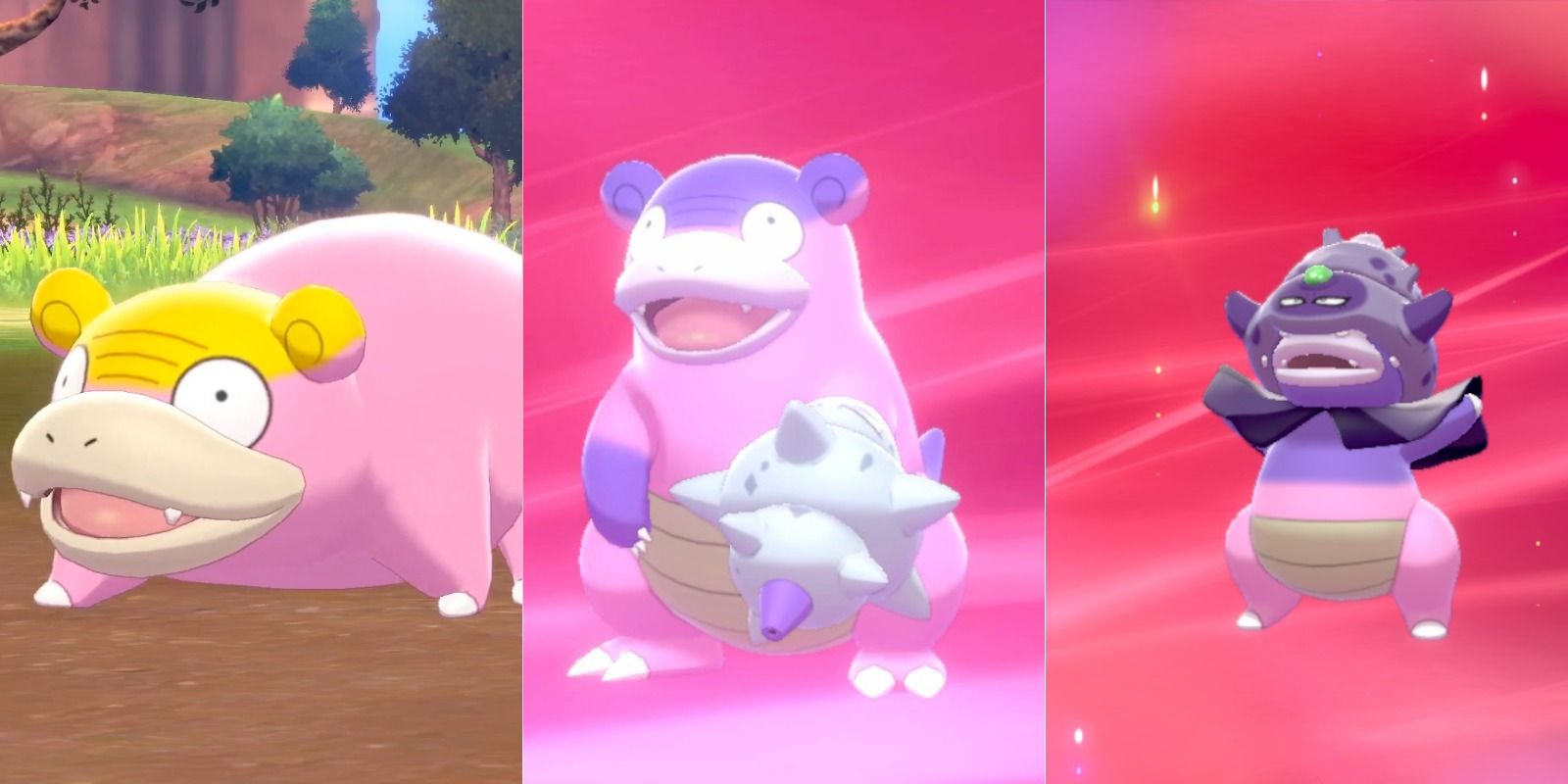
In terms of character/creature design, regional variants could be argued to have more potential for creativity than Mega Evolutions. Regional forms, as they've been established, can apply to an entire evolutionary line of Pokémon--or just the final species in the line. Meanwhile, Megas typically apply to a single species.
Of course, the likes of Charizard and Mewtwo are exceptions since they've gotten two forms each, though, getting to create alternate monster designs for at least three species in a line (or more depending on whether Game Freak play with branching evolutions like Slowbro/Slowking) opens up more opportunities.
4 Mega Evolutions: New Megas Only In Post-Game
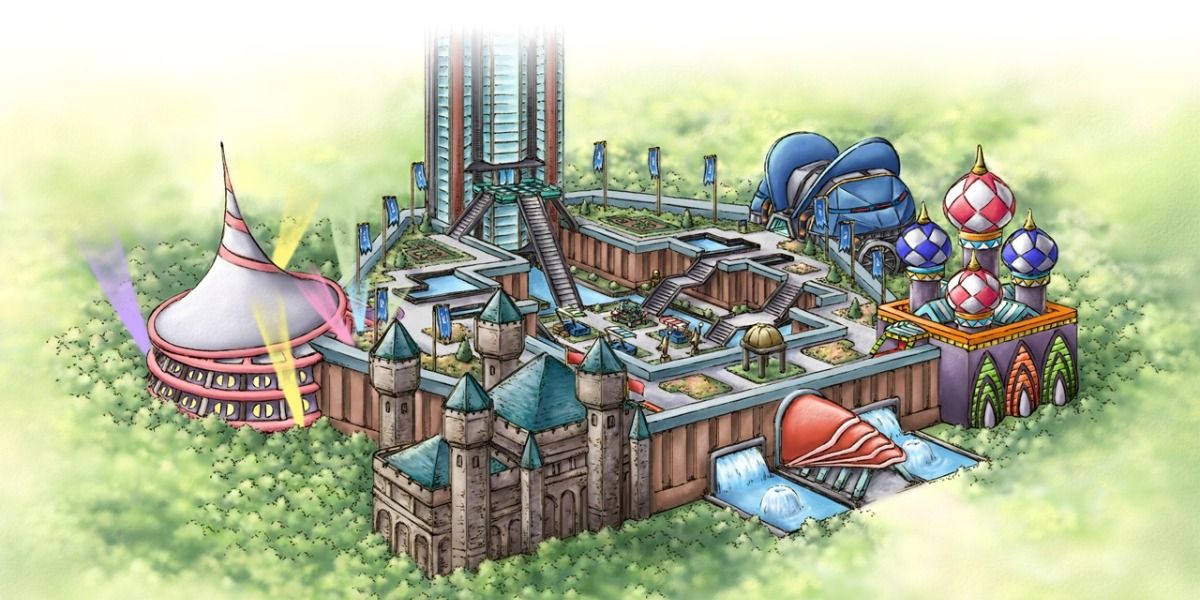
A way to compensate including them back in Brilliant Diamond and Shining Pearl in a way similar to gen seven could be making a few new forms that are also part of the post-game content. This could pay off since post-game content is also something the Pokémon mainline series has been seriously suffering a lack of since X and Y.
On top of the Megas already created, a few more would freshen things up but also not take too much attention off the faithfulness of the games. Aside from being purchasable items, they could also be part of a concise side-quest in the post-game, giving players more things to do after the credits roll.
3 Regional Variants: Sinnoh-Inspired Forms
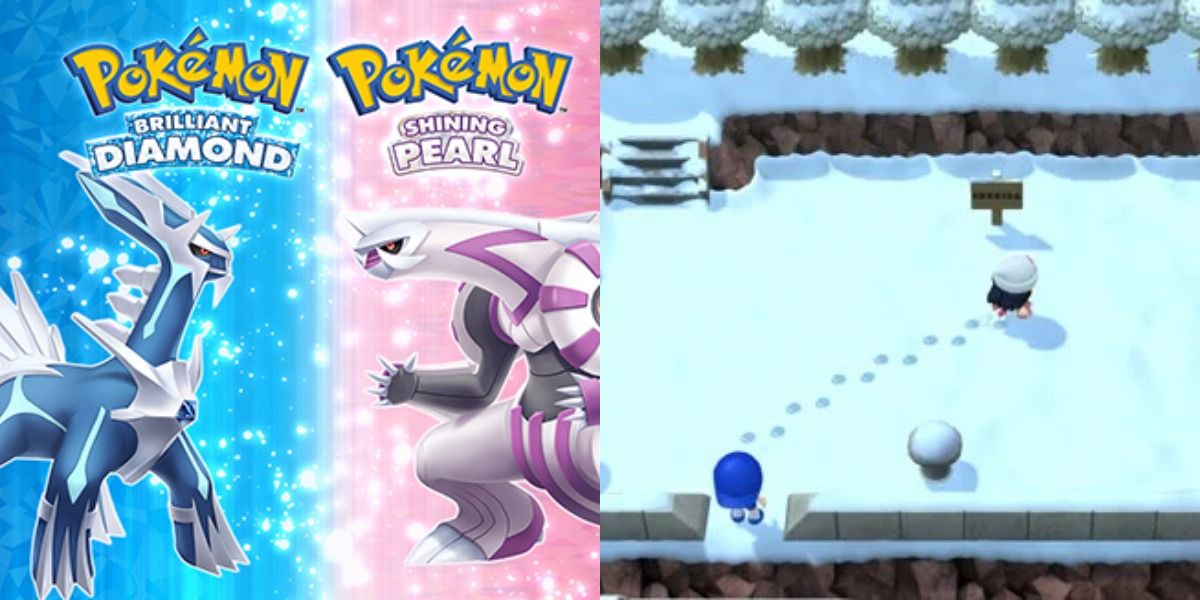
Being remakes of Diamond and Pearl, the Sinnoh region presents a chance to imagine new regional variants of existing Pokémon inspired by the region's snowy terrain. While not all of Sinnoh is caked in snow, Snowpoint City, the routes leading up to it and Mt. Coronet are certainly snowy examples of key parts of this world.
Hypothetical "Sinnoh Forms" shouldn't just be of local species, but perhaps some could be done. Most importantly, though, it'd be good to see creatures from (presumably) gens one through three get Ice-type variants. Types other than Ice should be experimented with, but the snow theme is ripe for the picking.
2 Mega Evolutions: Majority Of The Leg Work Is Done

Speaking on the forms that have existed since gen six, there are already 48 of them. On top of that, 46 of the 48 are from gens one through four, so it's a matter of touching up the existing 3D models of said Pokémon for BD/SP. The other two are from gens five and six, and since it seems likely only the first 493 species will return, the other two can be cut and still be a solid selection of Mega Evolutions.
Whether there'd be interest in new forms, the leg work has been largely done for 46 viable species. And, as mentioned, they wouldn't need to interfere with main plot points, given ILCA's focus on faithfulness.
1 Regional Variants: Lessens The Burden Of Making New Species

The Pokémon franchise recently hit its 25th year, and in that time there have been hundreds of new creatures made for the games--the mainline specifically. 2019's Sword and Shield marked generation eight, bringing the total number of original species to nearly 900. After 25 years of designs and almost 1000 of them, regional variants could be the answer to lessen the burden while also keeping things fresh.
Given how easily the concept fits into the world and gameplay as touched on earlier, it's a refreshing and exciting enough new feature to make churning out 100+ new designs less necessary. Introducing 80-90 new Pokémon and 25-30 regional variants is a good formula for compensation, making the old new again.
from ScreenRant - Feed https://ift.tt/3ndTdD8

0 Comments